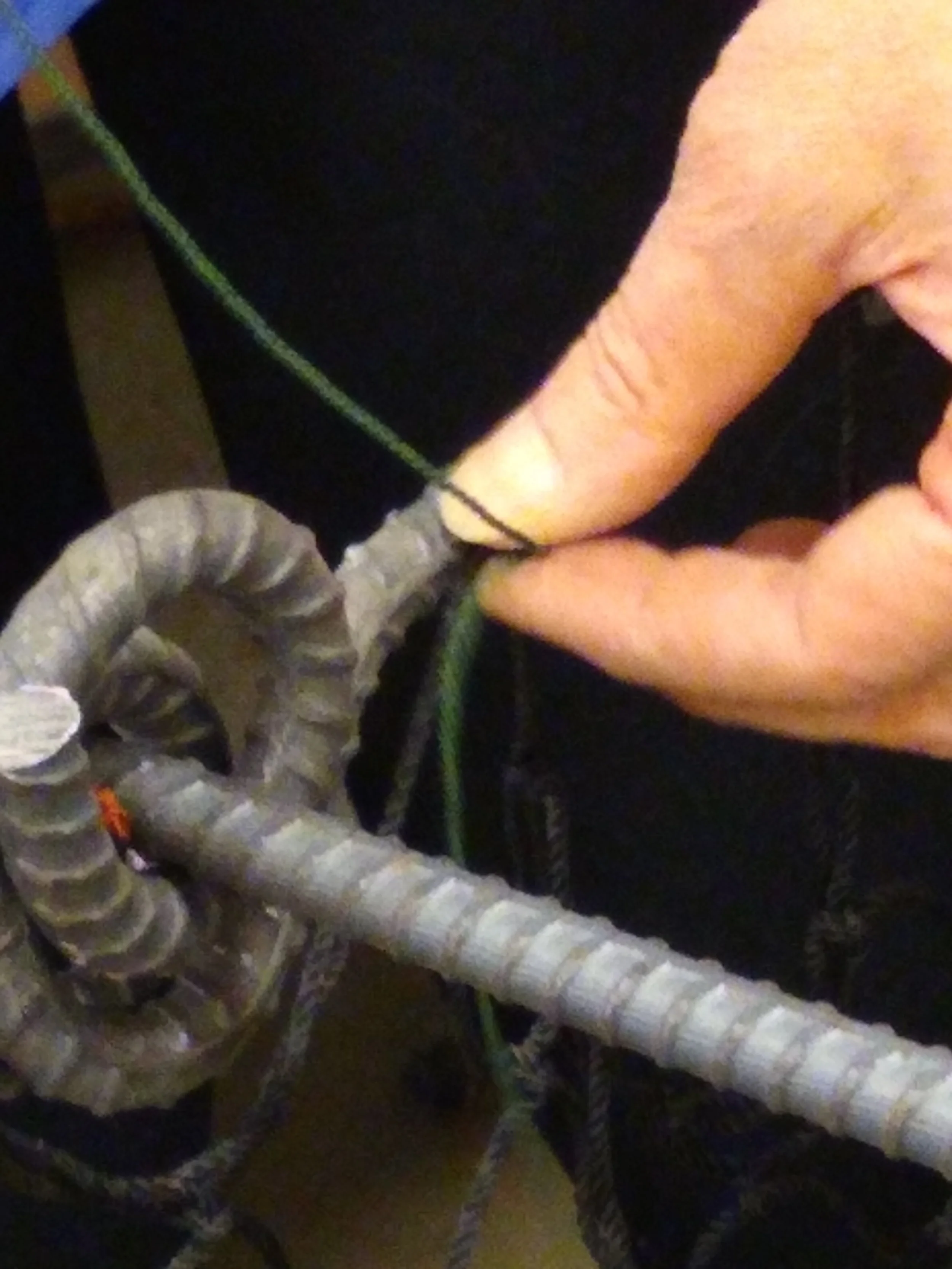Course
Volunteers seeking to assist in field testing in August of 2026 are required to complete the course for the position they wish to perform during the testing procedure. For some positions field training on equipment is also required. Volunteers who work the full week may be entitled to up to $800 reimbursement for travel and accommodation expenses.
-
-
Lesson 1 - Operation and Control of Underwater Robot
The first lesson is to read and understand the operation and controls for the underwater robot. This lesson will walk you through each step of the process and provide a checklist to use for every deployment.
The robot has a claw, the operator must understand how the claw works, and must subsequently operate the robot at least 3 times to become a certified Underwater Robot Operator.
The first lesson is to read and understand the operation and controls for the underwater robot. This lesson will walk you through each step of the process and provide a checklist to use for every deployment.
The robot has a claw, the operator must understand how the claw works, and must subsequently operate the robot at least 3 times to become a certified Underwater Robot Operator.
-
Lesson 2 - Schedule Field Training
To assume the position of Underwater Robot Operator you are required to take three (3) field training sessions. after you complete Lesson 1.
The sessions must be in the South Florida area. If you are not in South Florida you would be required to travel to South Florida to perform your 3 Field Training Sessions.
To assume the position of Underwater Robot Operator you are required to take three (3) field training sessions. after you complete Lesson 1.
The sessions must be in the South Florida area. If you are not in South Florida you would be required to travel to South Florida to perform your 3 Field Training Sessions.
-
-
-
Lesson 1- Data Collection Procedures
Manuals and Documents concerning the operation, Maintenance and resource Requirements for the Underwater Robot.
Manuals and Documents concerning the operation, Maintenance and resource Requirements for the Underwater Robot.
-
Includes: Forms, Explanation of Field Names, and Procedures
-
Lesson 3 - Data Back Up
Introduce your lesson with an optional, short summary. You can edit this excerpt in lesson settings.
Introduce your lesson with an optional, short summary. You can edit this excerpt in lesson settings.
-
Lesson 4 - Daily Logs
Introduce your lesson with an optional, short summary. You can edit this excerpt in lesson settings.
Introduce your lesson with an optional, short summary. You can edit this excerpt in lesson settings.
-
Lesson 5 - Data Organization & Summary
Introduce your lesson with an optional, short summary. You can edit this excerpt in lesson settings.
Introduce your lesson with an optional, short summary. You can edit this excerpt in lesson settings.
-
2025 Reefsave Project Outline
FAD Aggregation Data
After years of field tests the results have proven that the Lionfish Purse Trap works perfectly and can be adjusted or modified to meet various conditions and the trap still operates properly. The system developed should be useable in a third world country that is also affected by the Invasive Lionfish..
It appears that the big issue is: Where to place traps to catch lionfish?
Random does not work – see Reef.org random trawl line tests. Research to determine if Location matters.
Since the attractant is the FAD, we can run tests using FAD only to eliminate permitting issues with “Traps”.
Types of Data to capture about lionfish aggregation at the FAD are between Three Zones:
“Jaw Zone” - 6 feet in diameter from the center of the FAD,
“Near Zone” - 6 to 10 feet from the FAD center,
“Far Zone” - more than 10 feet from the FAD
Date, Time, Number and direction of lionfish entering or exiting each zone
Need to capture “FAD location data” about:
temperature
depth
slack tide
current speed
bottom type
distance from reef
distance from shoreline
distance from drop off
Compass Direction of Lionfish entry and exit from FAD zones may lead to
Food source
Other structures
Other?
Data Collection Method:
Deploy Underwater video camera 9-hours for Four 9-hour days
UW robot video only first day
Have Scuba divers in water in the event robot fails
Deployment is for 9-hours (Camera Battery Life)
The longer the camera runs, the less expensive the testing, so the goal is a camera that runs 24/7 for 4 days with only 1 deployment and retrival.
This assumes that if the FAD does not attract lionfish within 4 days it never will. See Reefsave 2018 tests in Bequia 14-day aggregation rates.
(1) A 12-hour camera only gets half the data and needs 4 deployments and 4 retrievals
(2) A 24-hour camera, with some sort of infrared light, captures all of the data but still needs 4 deployments and 4 retrievals
Retrieve Camera from FAD structure:
Test use of underwater robot to attach camera Unit to FAD Frame.
Successful use of Underwater Robot can avoid or minimize the field cost of scuba divers.
Have Scuba divers in event robot fails
Download Data and Recharge Batteries
Backup data
Prepare a clean SD card
Recharge Batteries for next deployment
Review Video Data
Install clean SD card and fully charged batteries in Camera Unit
Deploy and Retrieve for 4 days
Explore Lionfish Compass Directions with Underwater Robot
The features found, if any, could help better define characteristics of a good location for a trap
Pictured are ReefSave.org volunteers, including Dr. Steven Gittings - NOAA (Ret.) all helping with a Proof of Concept - Can we build a No-Weld Lionfish Purse Trap? Can we built it in the Field?
Subsequently in 2019, the team of volunteers traveled again to Bequia and built by hand, the No-Weld Lionfish Purse Trap and field tested it for functionality and found significantly less problems and cost than the welded trap previously built in Bequia.
FAQs
-
It all begins with an idea. Maybe you want to launch a business. Maybe you want to turn a hobby into something more. Or maybe you have a creative project to share with the world. Whatever it is, the way you tell your story online can make all the difference.
-
It all begins with an idea. Maybe you want to launch a business. Maybe you want to turn a hobby into something more. Or maybe you have a creative project to share with the world. Whatever it is, the way you tell your story online can make all the difference.
-
It all begins with an idea. Maybe you want to launch a business. Maybe you want to turn a hobby into something more. Or maybe you have a creative project to share with the world. Whatever it is, the way you tell your story online can make all the difference.
-
It all begins with an idea. Maybe you want to launch a business. Maybe you want to turn a hobby into something more. Or maybe you have a creative project to share with the world. Whatever it is, the way you tell your story online can make all the difference.





